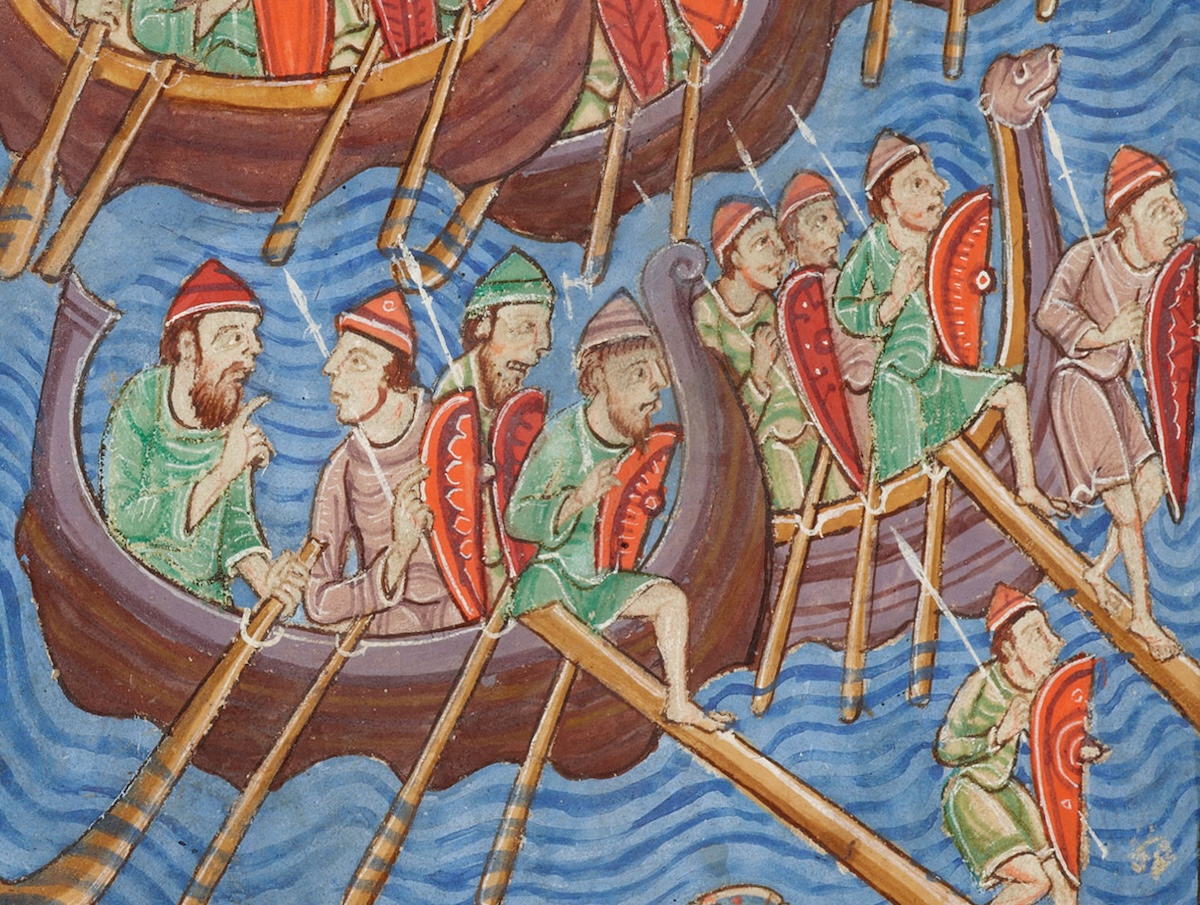Who was Thorkell the Tall?
A viking mercenary who fought on three sides, who was Thorkell the Tall?

The period sometimes referred to as the ‘second Viking Age’ witnessed a new intensification of Scandinavian attacks on England, starting with the English defeat at the Battle of Maldon in 991 and culminating, two and a half decades later, in the Danish conquest. This turbulent era of Anglo-Scandinavian entanglement bequeathed to history a colourful cast of characters, including Svein Forkbeard, Cnut the Great, Æthelred ‘the Unready’ and Emma of Normandy.
There is another figure whose role in the second Viking Age was equally pivotal: Thorkell the Tall. Arguably the most successful viking of the early 11th century, by the end of his life Thorkell had played a crucial role in the Danish conquest of England and had made himself a powerful magnate in Cnut’s North Sea empire.
The 990s saw the first attacks on England led by Scandinavian rulers. In particular, Svein Forkbeard of Denmark’s damaging raids led the English under Æthelred to start paying out enormous sums of silver as tribute to would-be attackers. England had become a tempting target for Scandinavian warleaders in search of their fortune.
